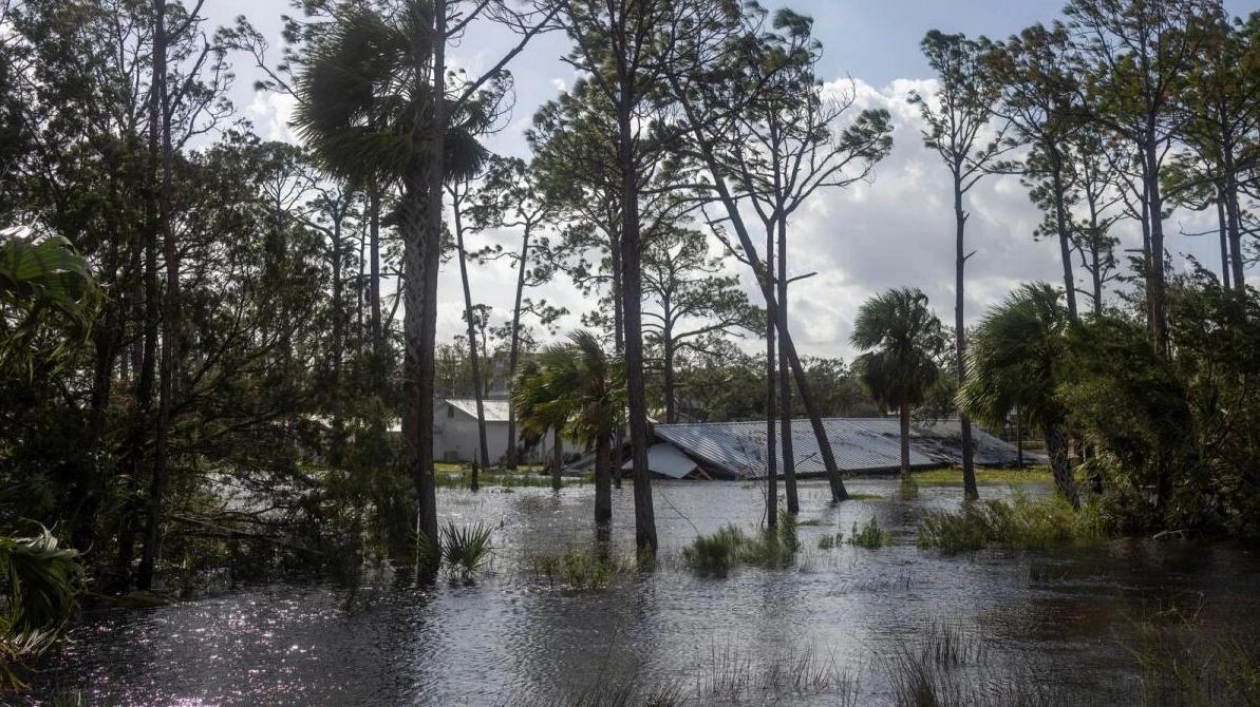The death toll from powerful Storm Helene has risen to at least 63, according to authorities, as responders, hindered by washed-out bridges and debris-strewn roads, conducted house-to-house searches for survivors in devastated areas across several southern and eastern US states.
At least 24 people perished in South Carolina, 17 in Georgia, 11 in Florida, 10 in North Carolina, and one in Virginia, according to updated reports from local authorities and media compiled by AFP. Helene made landfall in Florida late Thursday as a Category 4 hurricane and moved north, gradually weakening but leaving a trail of destruction in its wake.
Federal emergencies were declared in six states—Alabama, Florida, Georgia, North Carolina, South Carolina, and Tennessee—with over 800 personnel from the Federal Emergency Management Administration (FEMA) deployed to support local officials. More than 2.7 million customers across 10 states, from Florida in the southeast to Indiana in the midwest, remained without electricity as of Saturday night, according to poweroutage.us.
Helene initially struck Florida's northern Gulf coast with winds of 140 miles (225 kilometers) per hour. Even in its weakened post-tropical cyclone state, it caused significant damage. Massive flooding was reported in Asheville, western North Carolina. Governor Ray Cooper described it as 'one of the worst storms in modern history' to affect his state.
Florida Governor Ron DeSantis stated that the damage from Helene surpassed that of hurricanes Idalia and Debby, which both hit the same region southeast of Tallahassee within the last 13 months. 'It's a real gut punch to those communities,' DeSantis told Fox News.
September has been an unusually wet month globally, with scientists attributing some extreme weather events to human-caused global warming.






